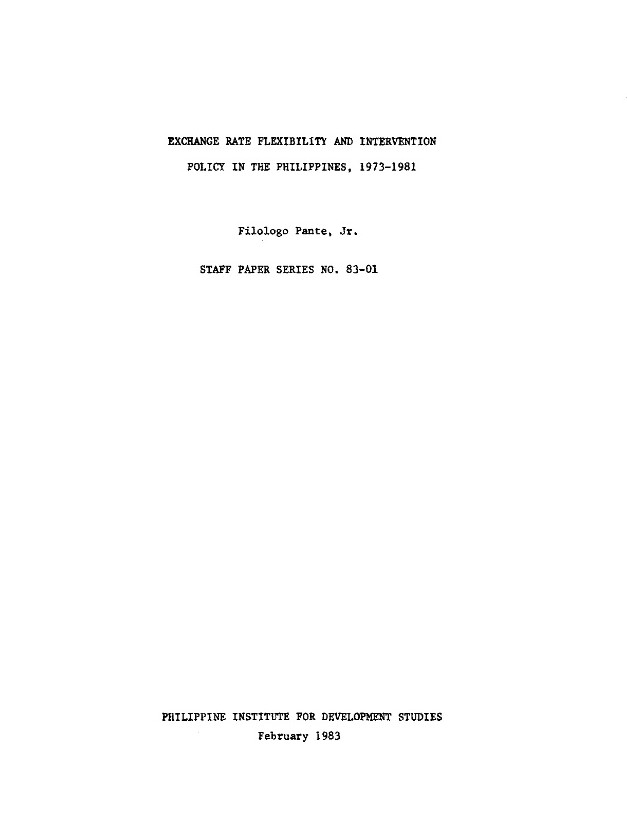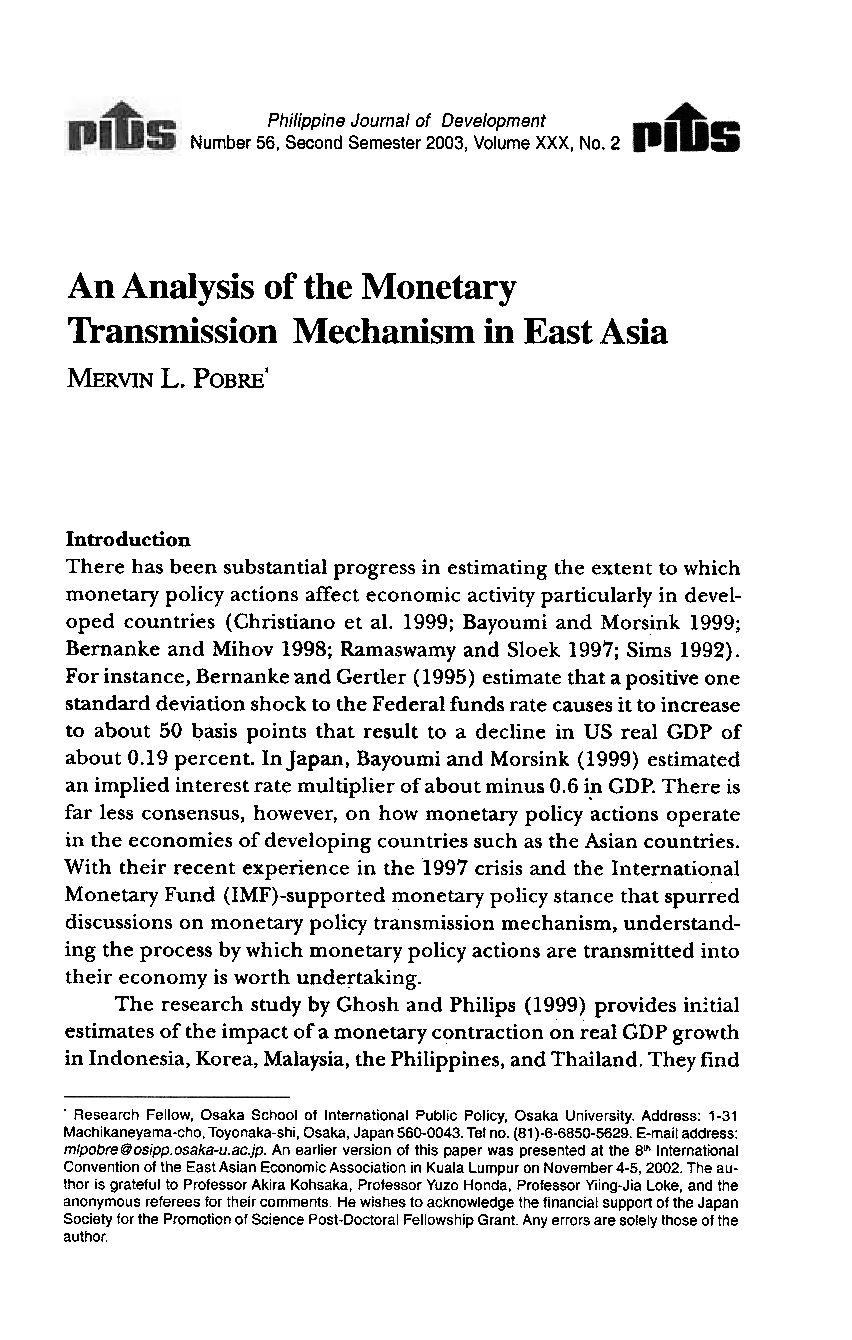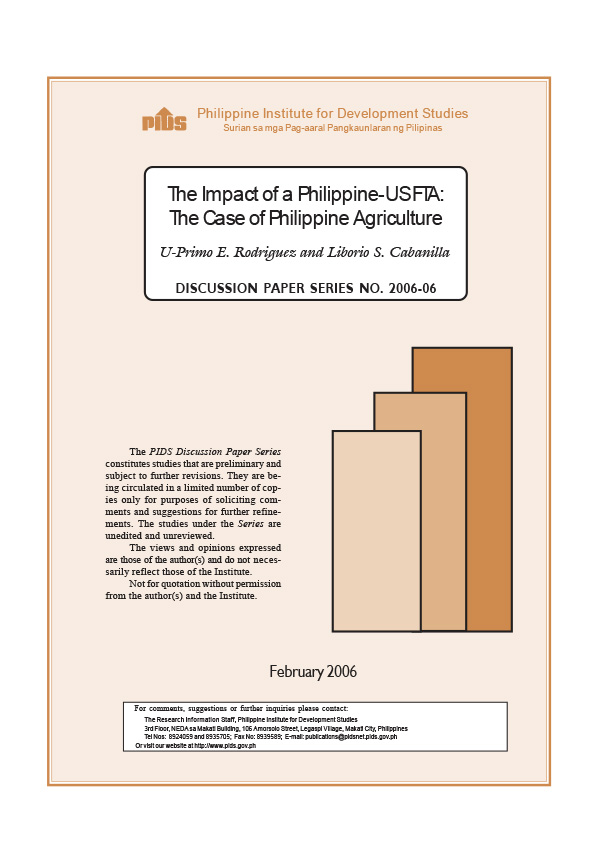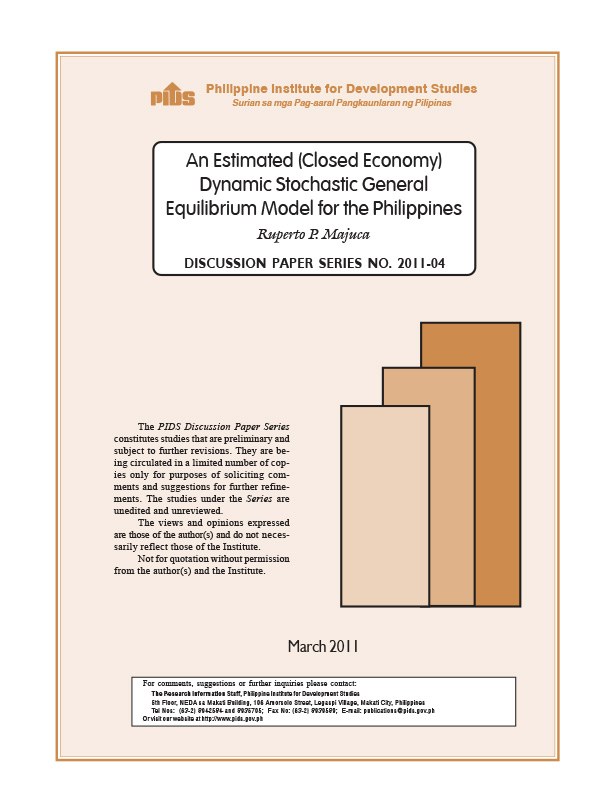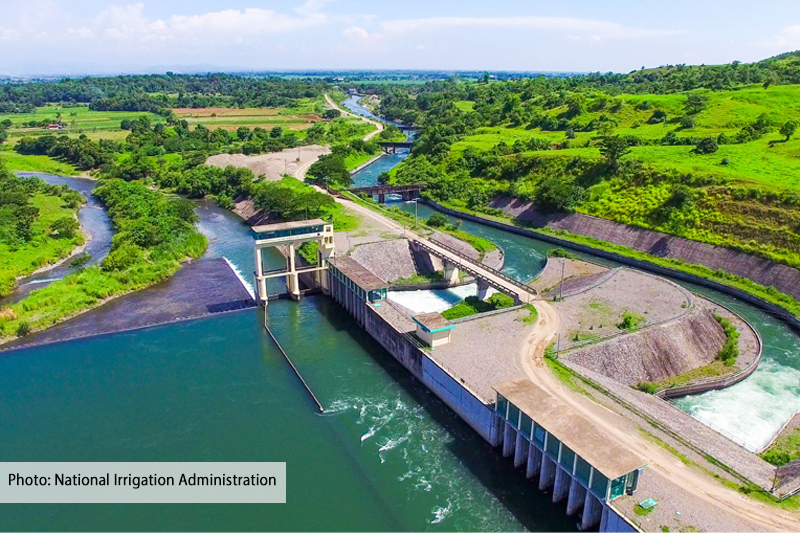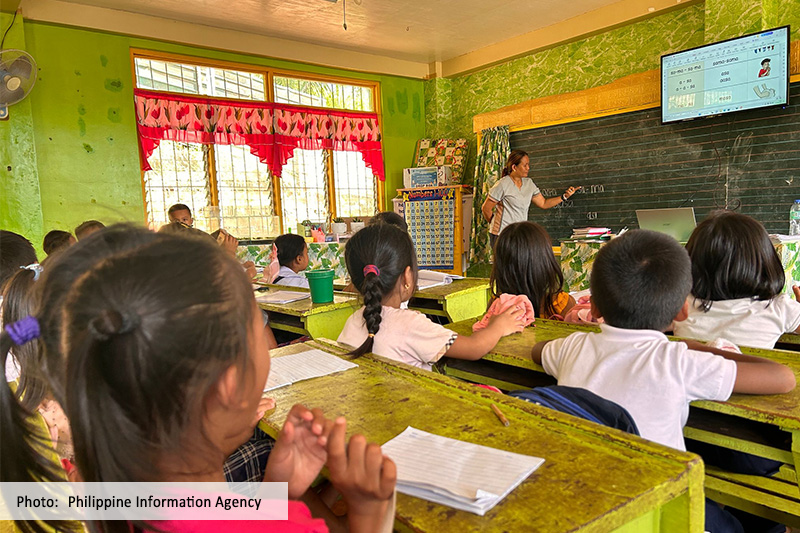Since 1970, the Philippines has adopted a flexible exchange rate system that is characterized by a limited rather than full flexibility. This scenario is expected in a developing country like the Philippines where a certain structural characteristics preclude free floating as a feasible alternative. This paper discusses in general, the implications of exchange rate flexibility in less developed countries and in particular the exchange experience of the Philippines during the period of generalized floating of major currencies. Exchange rate policy should be aimed at real exchange rate stabilization in view of the rapid inflation rates. An exchange rate or balance of payments model should be estimated and formulated. These are few of the author’s recommendation conveyed in this research paper.

